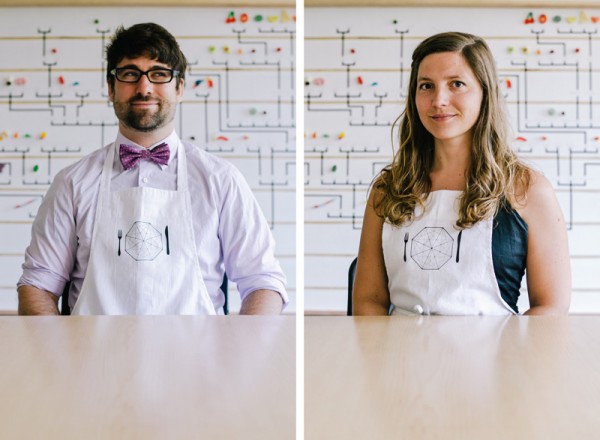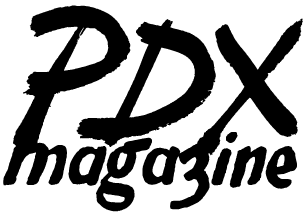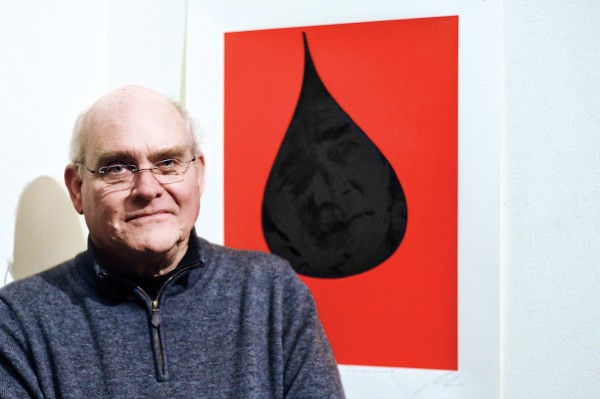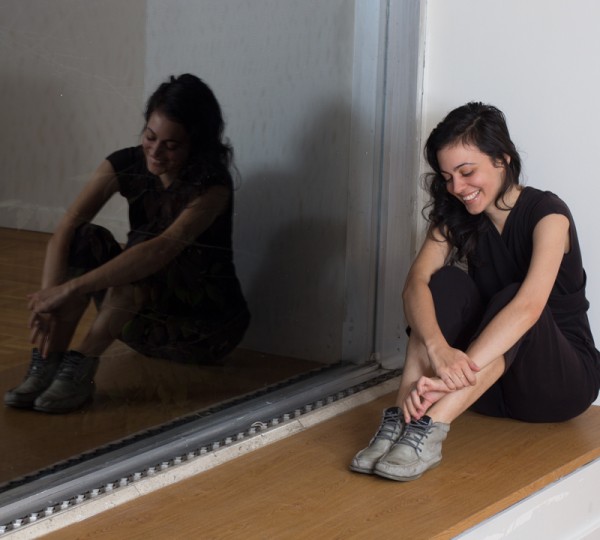
The Center for Genomic Gastronomy
By Reese Kruse Images courtesy of The Center for Genomic Gastronomy Despite the food plated exquisitely before you, you are not sitting down to a meal. You, my friend, have brought yourself to this table for the hero’s journey. Through these courses you will journey through the Golden Fleece of bio-engineered wheat fields; you will see white clouds of meringue greyed with the smog of your home. You may even be forced to slay the comfort foods of Mother in an Oedipal confrontation. The Center for Genomic Gastronomy is an artist-led think tank that seeks to fully explore the biodiversity of the biotechnology of human food systems. This is art and exploration into the most universal media of the human race. This art doesn’t just ask the questions but seeks the answers to global food problems. It speaks to all who have the strength to taste it. Zack Denfeld and Catherine Kramer founded the center in 2010. Since its founding, the think tank has added Emma Conley and Heather Julius to its collection of philosophers, scientists, chefs, and artists. This is our cultural leadership hard at task, our best people seeking mischievous and whimsical answers. The voice of global art is changing faster…


